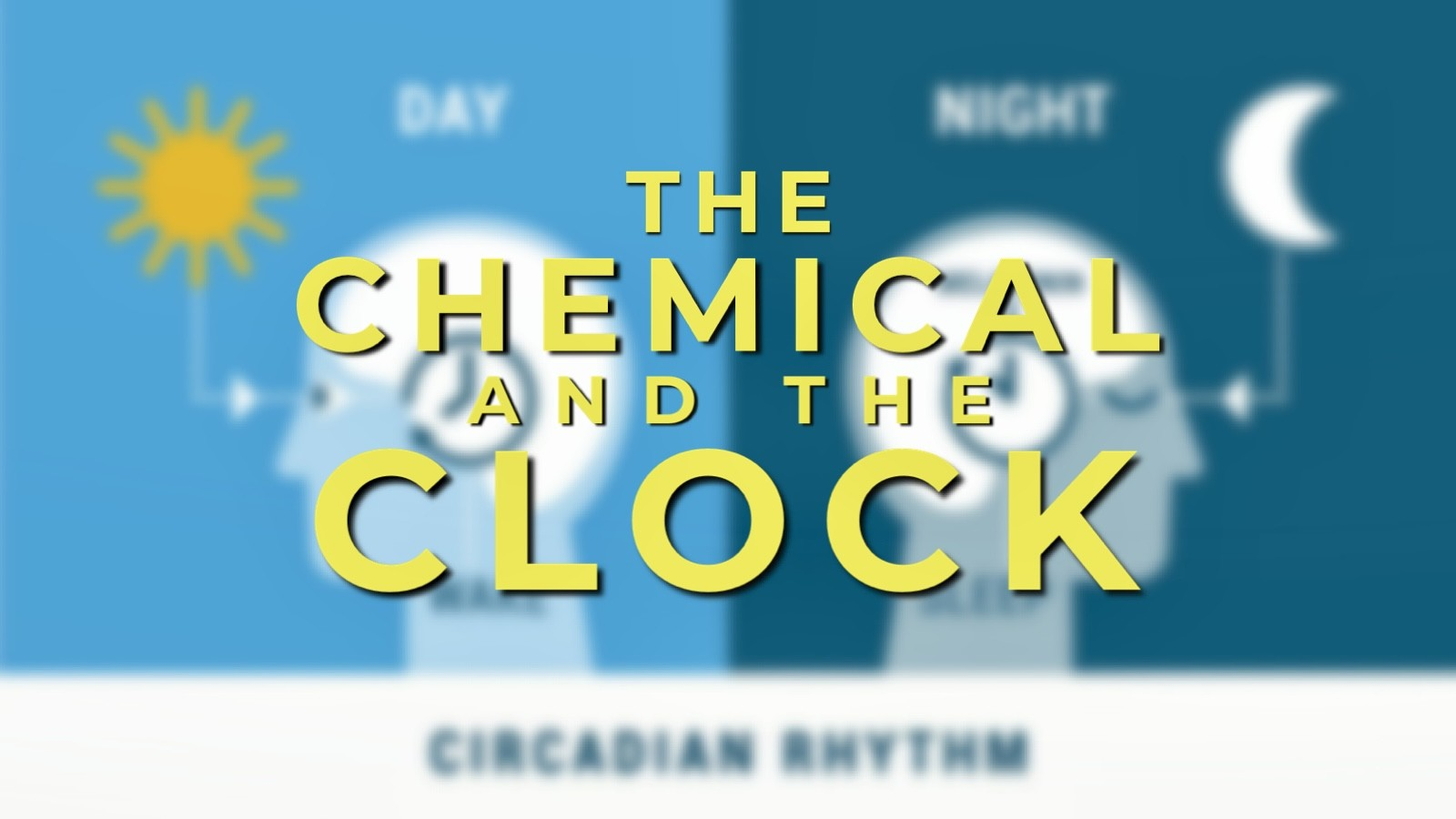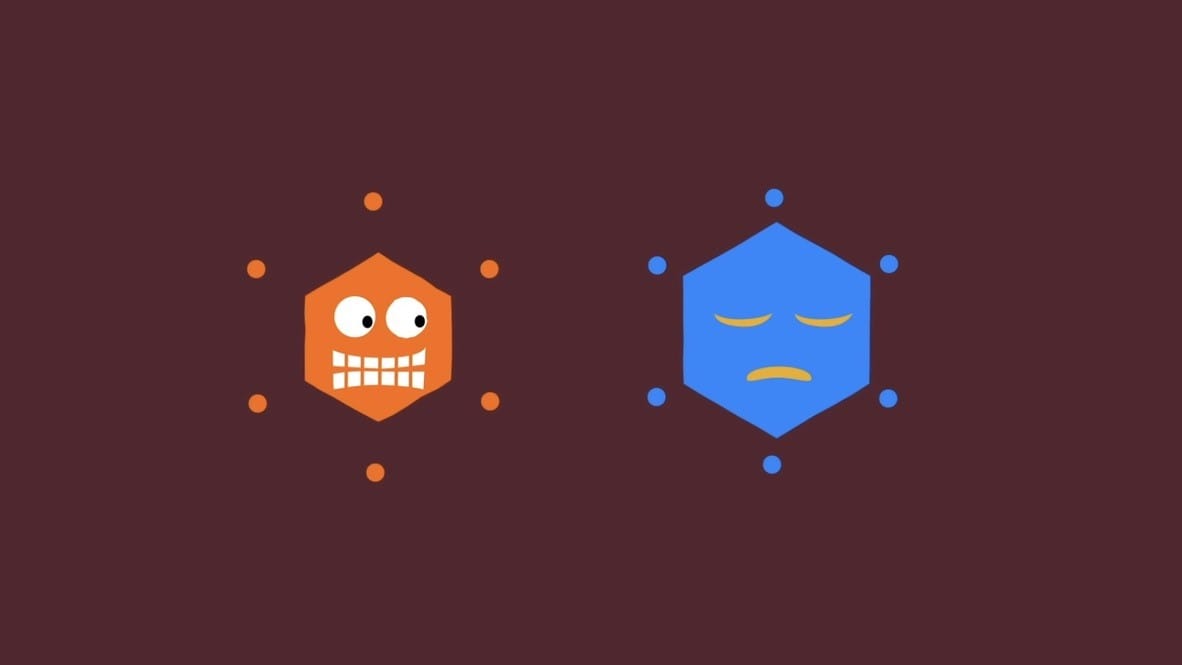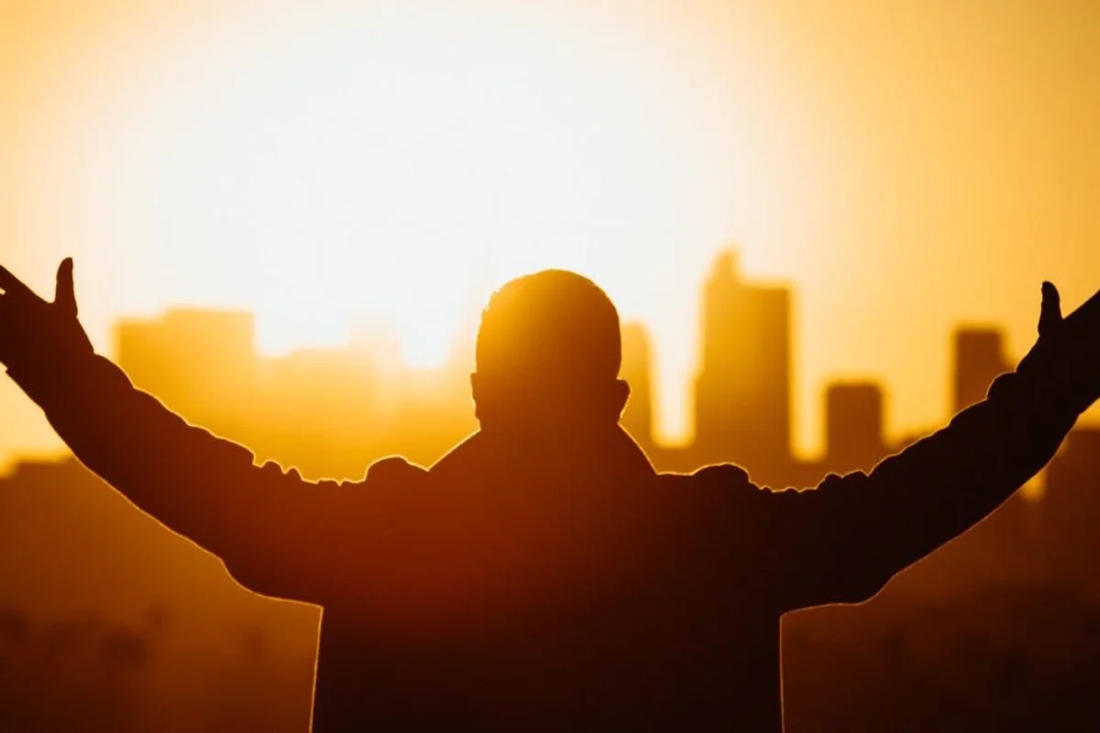The Clock That Doesn’t Quite Tick - Exploring Sleep and Wakefulness

Everybody loves sleep, and - wait, we’ve done this before. My apologies. For the risk of sounding clichéd (and to a certain extent, plagiarising myself) I will continue along those lines. Sleep is a great thing. While we often don’t get enough sleep, it is also crucial to realise that good quality sleep is equally important. We are governed by two phases of life - sleep and wakefulness, deciding everything from our mental to our physical health. Per mental health week, it seems fitting that we understand how to improve our sleep, in terms of falling asleep, timing your sleep per sleep cycles, and how to achieve better quality sleep. Let’s begin.
Why do we feel sleepy?
A key factor that determines our sleep is a chemical rogue lurking in your nervous system called adenosine. Adenosine is a molecule that accumulates naturally the longer we are awake. While we are awake, our bodies constantly break down ATP - but in doing so, it also frees adenosine, the chemical backbone of ATP. Neurones have receptors that are specific to this molecule. When it docks to those sites, it triggers a cascade of biochemical reactions (which I won’t go into detail here) that slows the release of brain-signalling molecules, making us sleepy. It creates a sort of “drive” for your body to sleep, which is why resisting the urge to sleep is so particularly difficult. But in explaining adenosine, caffeine also comes into play. Caffeine is what’s known as an adenosine antagonist - it is close enough to the molecular shape of adenosine to bind to receptors, but not close enough to activate them. The receptor is unable to engage the normal cellular functions which would’ve resulted from a molecule of adenosine. A good analogy would be caffeine occupying a reserved parking space. Since it’s in the way, adenosine can’t park there, and so it goes off to one corner, and sulks. In addition to blocking adenosine, caffeine also promotes the production of dopamine, and subsequently epinephrine, which gives us feelings of pleasure and energy respectively.

A living clock
The second factor that determines how long we sleep is the Circadian clock - our “biological” clock that tells us when we’re supposed to be in bed and when we’re not. It’s a 24-hour cycle that is governed by sunlight. Before we go into that, let’s first outline what actually happens when we wake up.
Most people wake up around the time when the sun rises, and thats because of a particular hormone called cortisol, produced by the adrenal glands. In the morning, these glands release a “pulse” of that hormone, as well as adrenaline in the form of epinephrine in the brain. Subsequently, you feel “awake”. Additionally, this rise in cortisol is crucial in the morning. This is because of the fact that as soon as that pulse is released, a 12-hour timer is started, at the end of which a hormone called melatonin that also makes you feel “sleepy” will be released from the pineal gland. The release of cortisol and melatonin is known as an endogenous cycle - it happens in the body without any external input. However, receiving external stimuli - particularly light - is crucial for the proper functioning of that cycle.
Now, back to light. The first thing that humans do when waking up is, unsurprisingly, the opening of our eyes. Light then comes into your eyes, which are picked up by retinal ganglion cells that identifies a particular form of light and relays that on to the superchiasmatic nucleus (located just above the roof of your mouth!). This nucleus acts as a sort of central hub that connects with every organ of your body, which is crucial for the timing of the release of cortisol and melatonin.
I’ve just bombarded you with a lot of information from a lot of different facets. Take a breather, and we’ll carry on.

These neurones aren’t exactly equipped with a mind of their own. Nevertheless, they’re on the lookout for a low solar angle. They don’t know what “sunrise” or “sunset” means; they only know the quality of light. For instance, when the sun is low in the sky, the particular contrast between yellow and blue light triggers the activation of these cells. This is also why that it is important to view sunlight in the morning, before you miss that window wherein the endogenous cycle is activated. This doesn’t mean staring directly into the sun, but a simple walk outside in the morning and afternoon would do, as there is a lot of light energy scattered around at this time. While I recognise that in our particular geographic location, the UK, it is harder to predict when the sun will shine directly through. Nevertheless, this practise is still the best way to improve your awake and asleep states.
The problem and the solution(s)
This protocol might also be easier if we were still living hunter-gatherer lives. OK, maybe I phrased that wrong. My poor attempts at analogies aside, because of artificial light such as screens or overhead lights, we have more access to light at times in the day or night that we wouldn’t “normally” have. Biology plays a cruel joke on us in this respect. While it is true that sunlight is crucial to set the clock mechanism in our bodies, it is also true that the longer we stay awake, the more sensitive our bodies are to light. So if you’ve been awake for say, 10-12 hours, it becomes very easy for light from something like a phone to activate that clock. It might make you feel like you want to stay up longer, which disrupts your normal sleep pattern. As such, after a certain amount of time has passed, we should focus on getting as little light as possible into our eyes.
A key period of time to avoid light is approximately between 11 pm and 4 am. This is because dopamine release - the molecule of more that we all know and love, that makes us feel good - is suppressed. This can inhibit learning and have a detrimental affect on memory, which is why all-nighters simply don’t work. The exposure of light at the “wrong time” activates a part of the brain called habenula - dubbed “the disappointment nucleus”, which can lead to states of depression in wakefulness. This is one of the reasons why we wake up irritable and grumpy if our sleep is disturbed.
So where do we go from here? An interesting method is, surprisingly, napping. Naps that are less than one ultradian cycle (i.e., less that 30 mins), can be beneficial to a number of people. If you’re like me, who experience a dip in energy and alertness late in the afternoon, it could help to take one of those “power naps”. However, these naps only work provided that you have had a good night of sleep, otherwise, you may wake up feeling groggy and worse than before, since you probably tapped off into REM or deep sleep. Think of it as your body’s way to make up for lost time. Another method is yoga nidra and NSDR. For those of you who haven’t read my previous article on NSDR, what this practise basically does is induce a state of deep relaxation and recovery - similar to deep sleep, without actual sleep. I have touched on both the stages of sleep and NSDR, so be sure to check those out for more information (shameless plug, I’m sorry).
Sleep, like all things, is complicated. But like most of the stuff that goes on in our personal lives, we can control it, rather than be controlled by it. In the end, sleep is not just a passive state where we hallucinate vivid yet surreal images, but an adaptable tool - one that we can master to enhance our lives to the highest.
